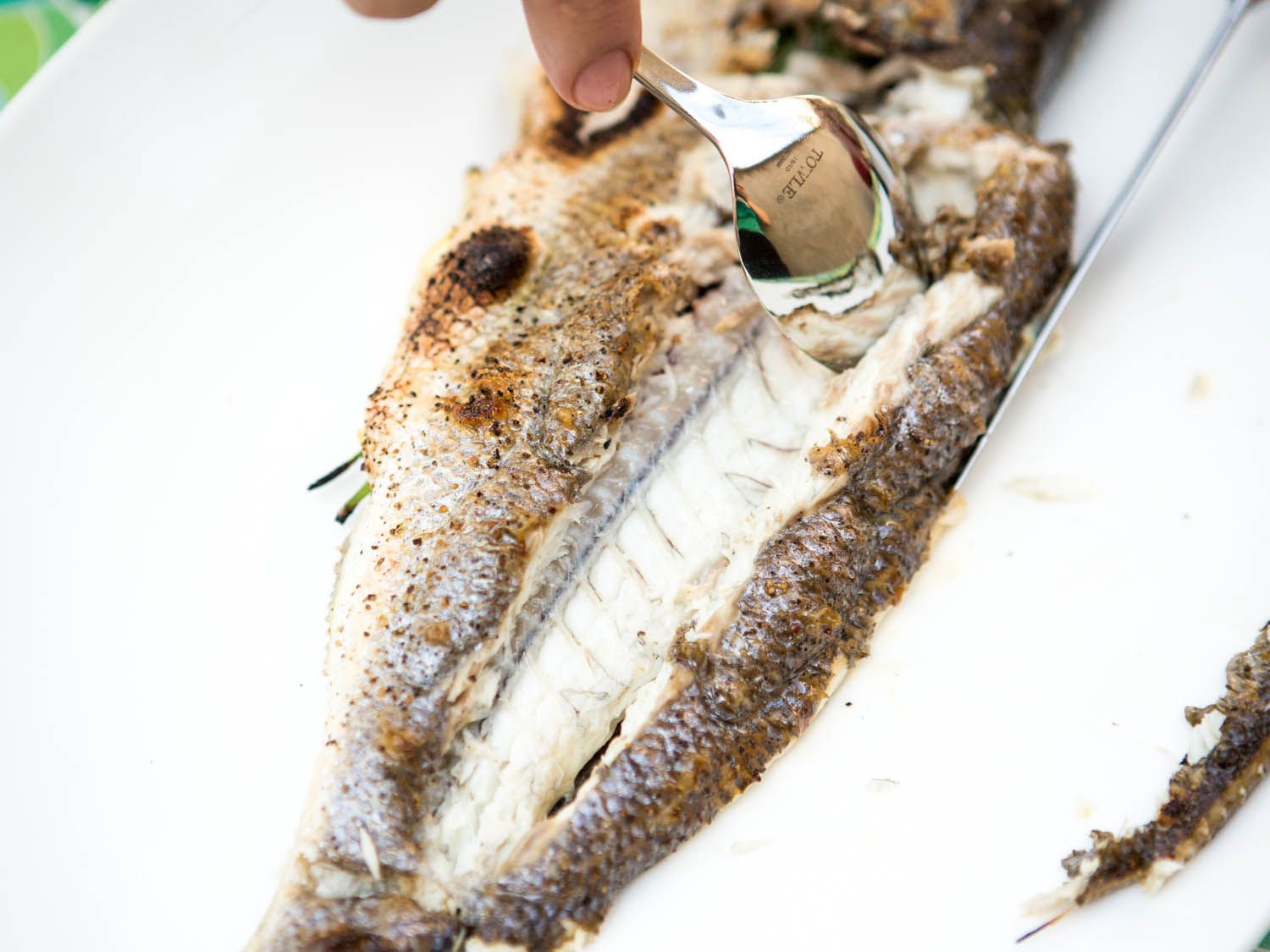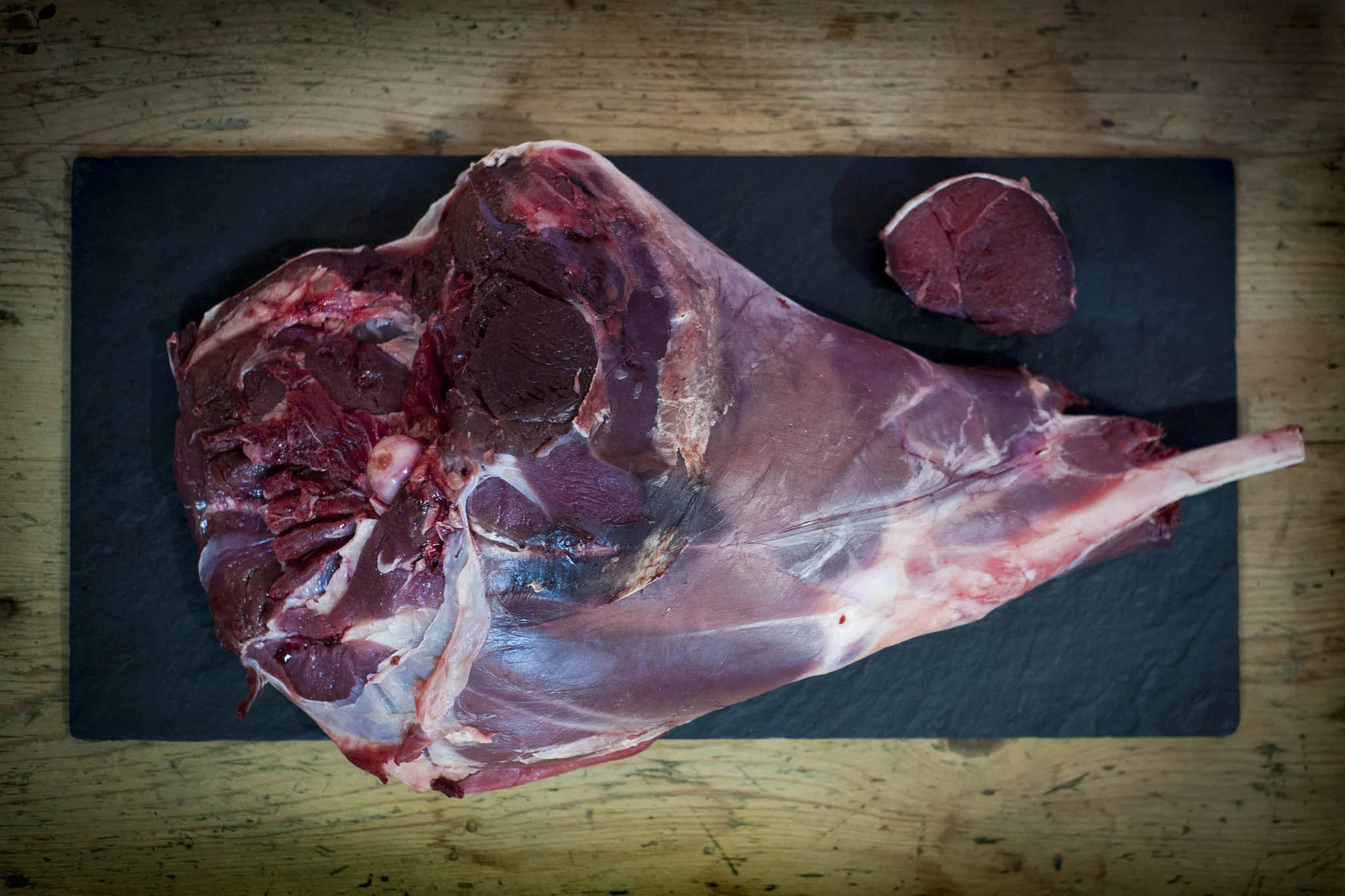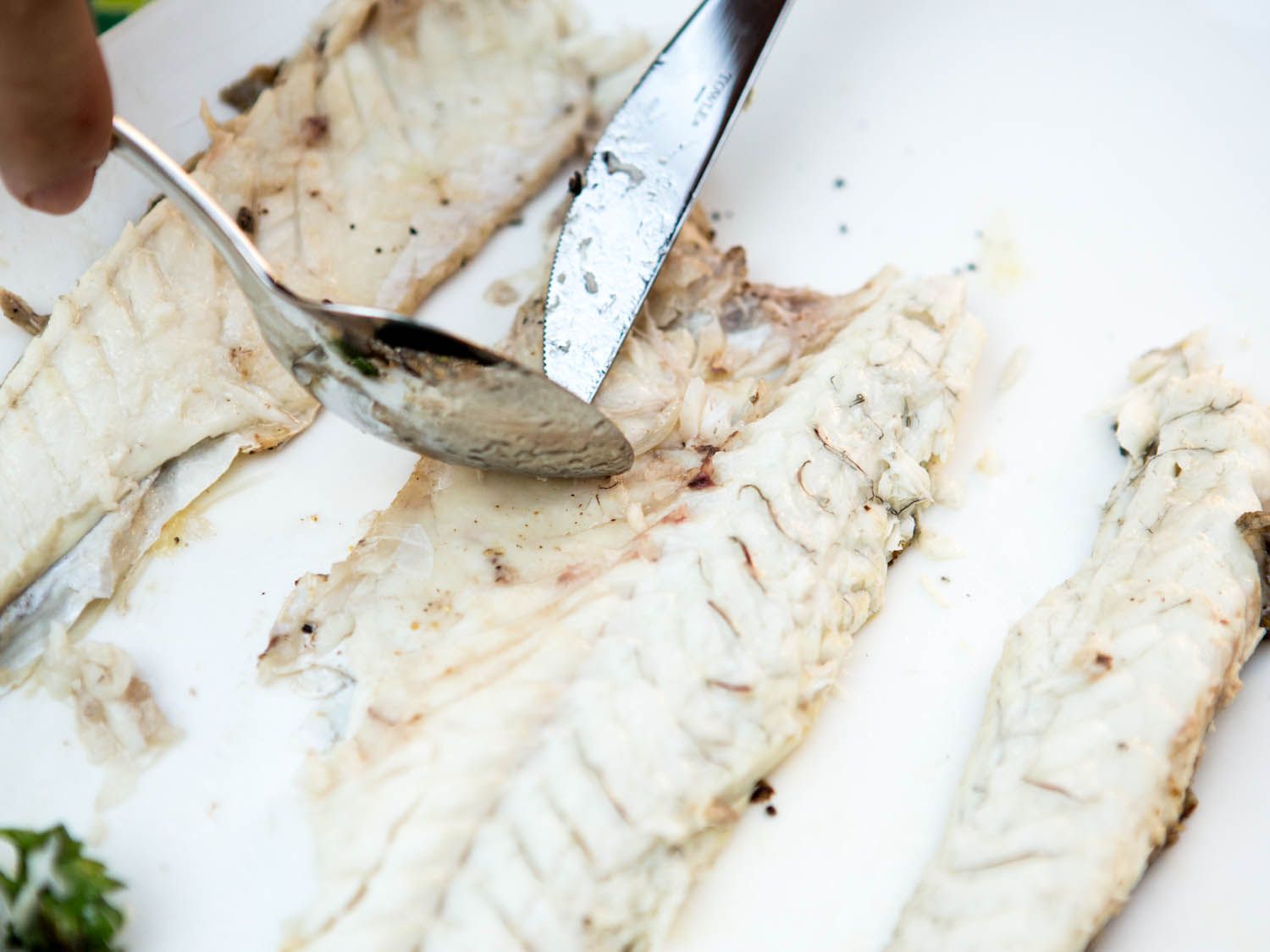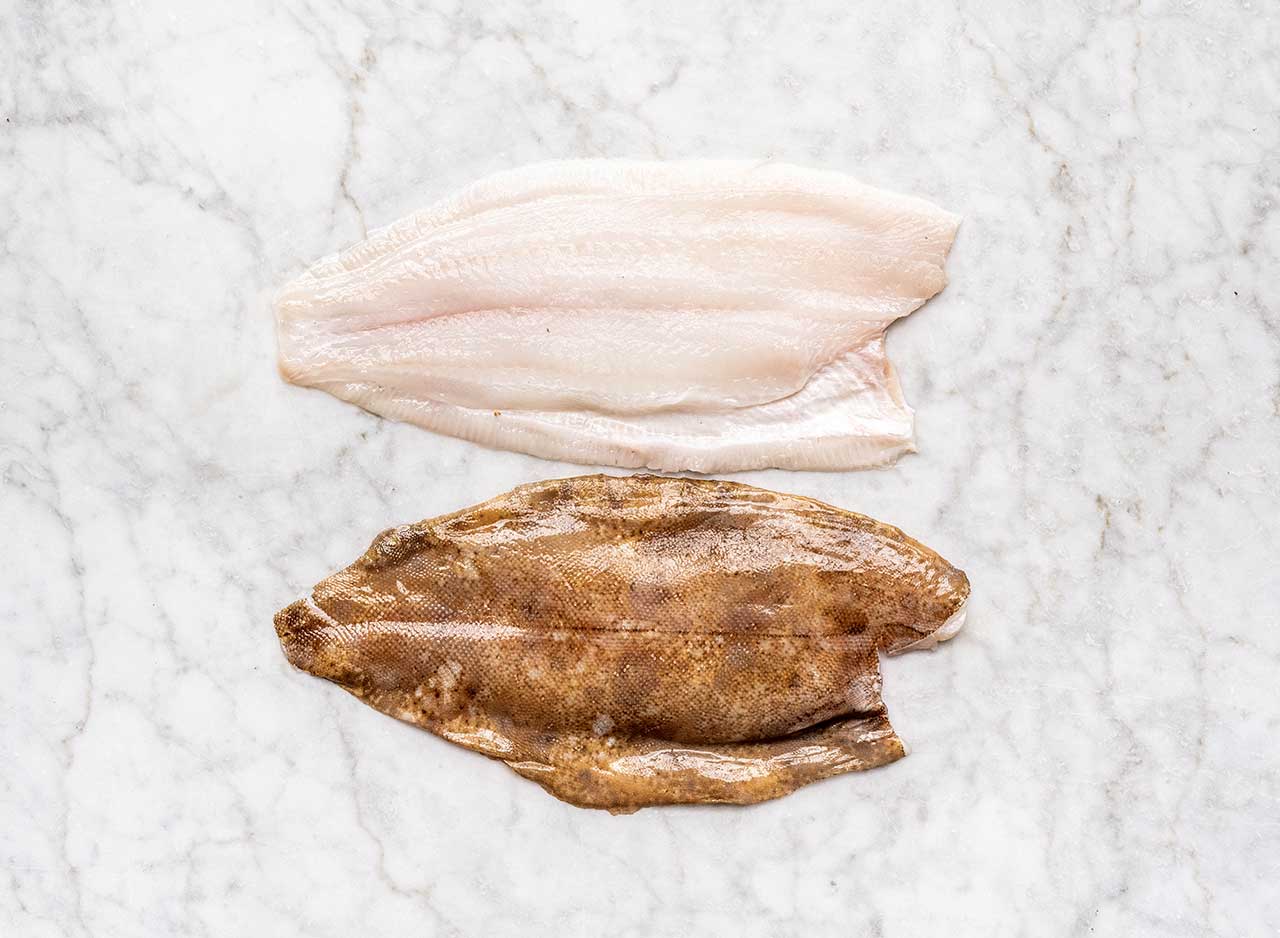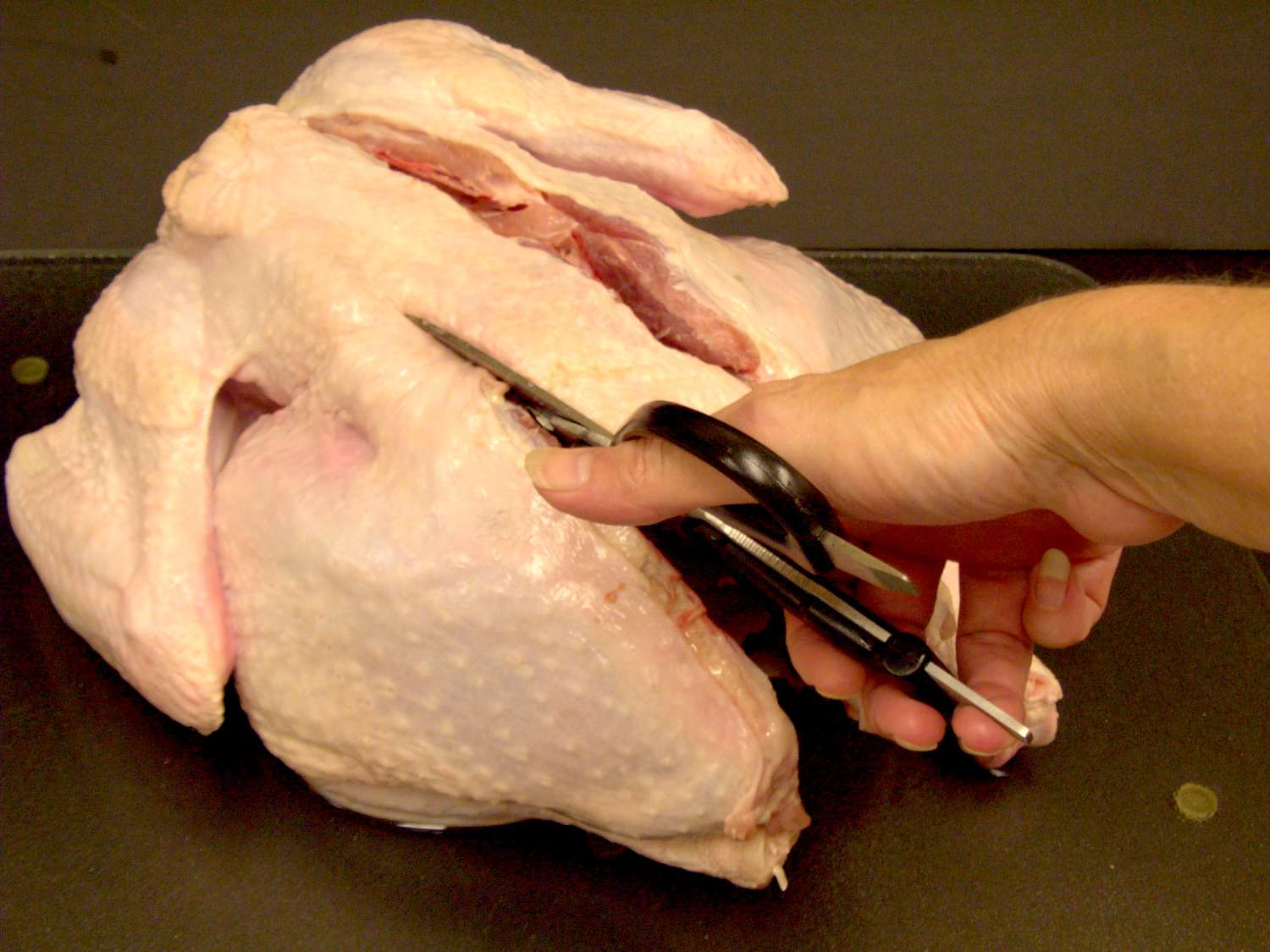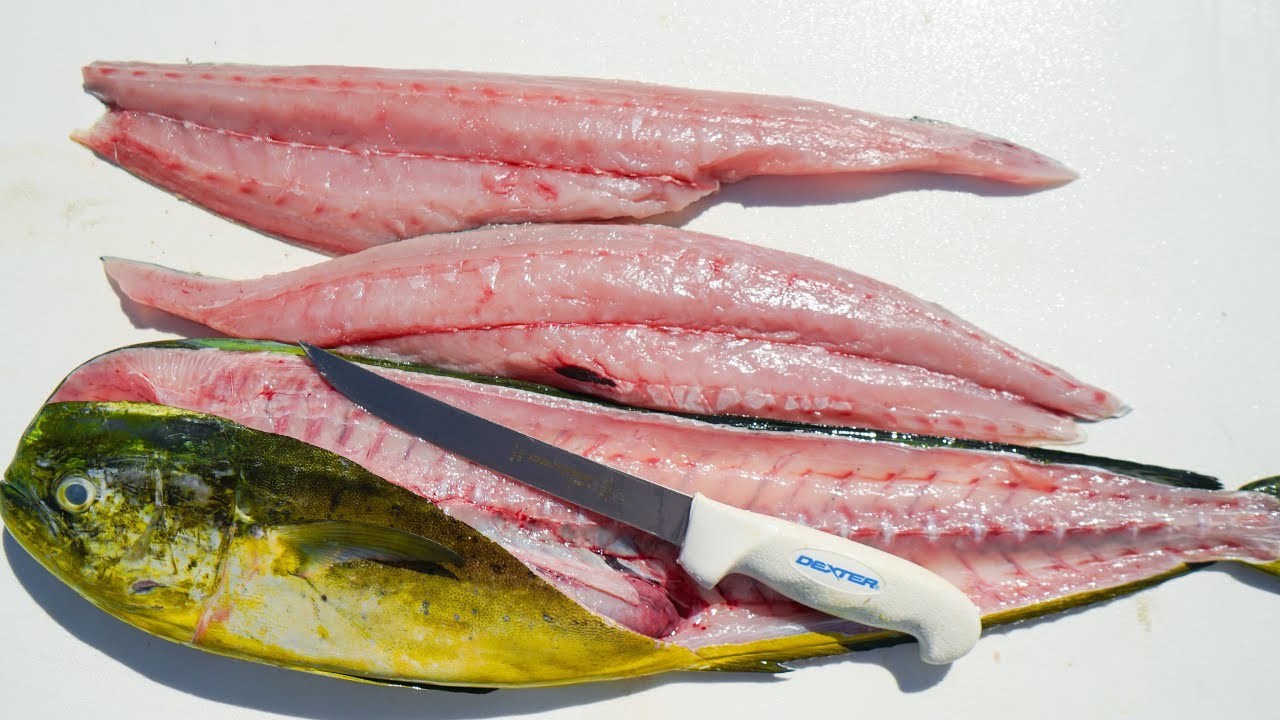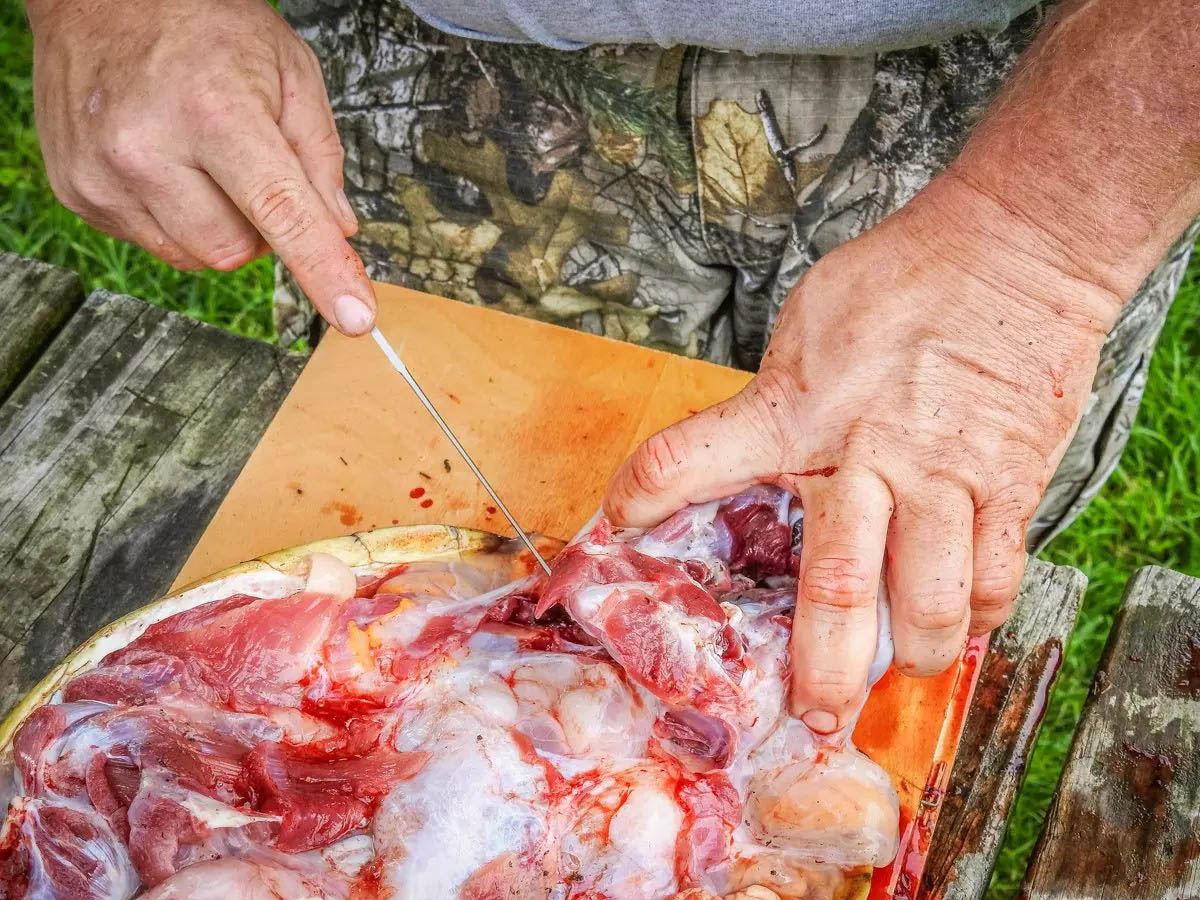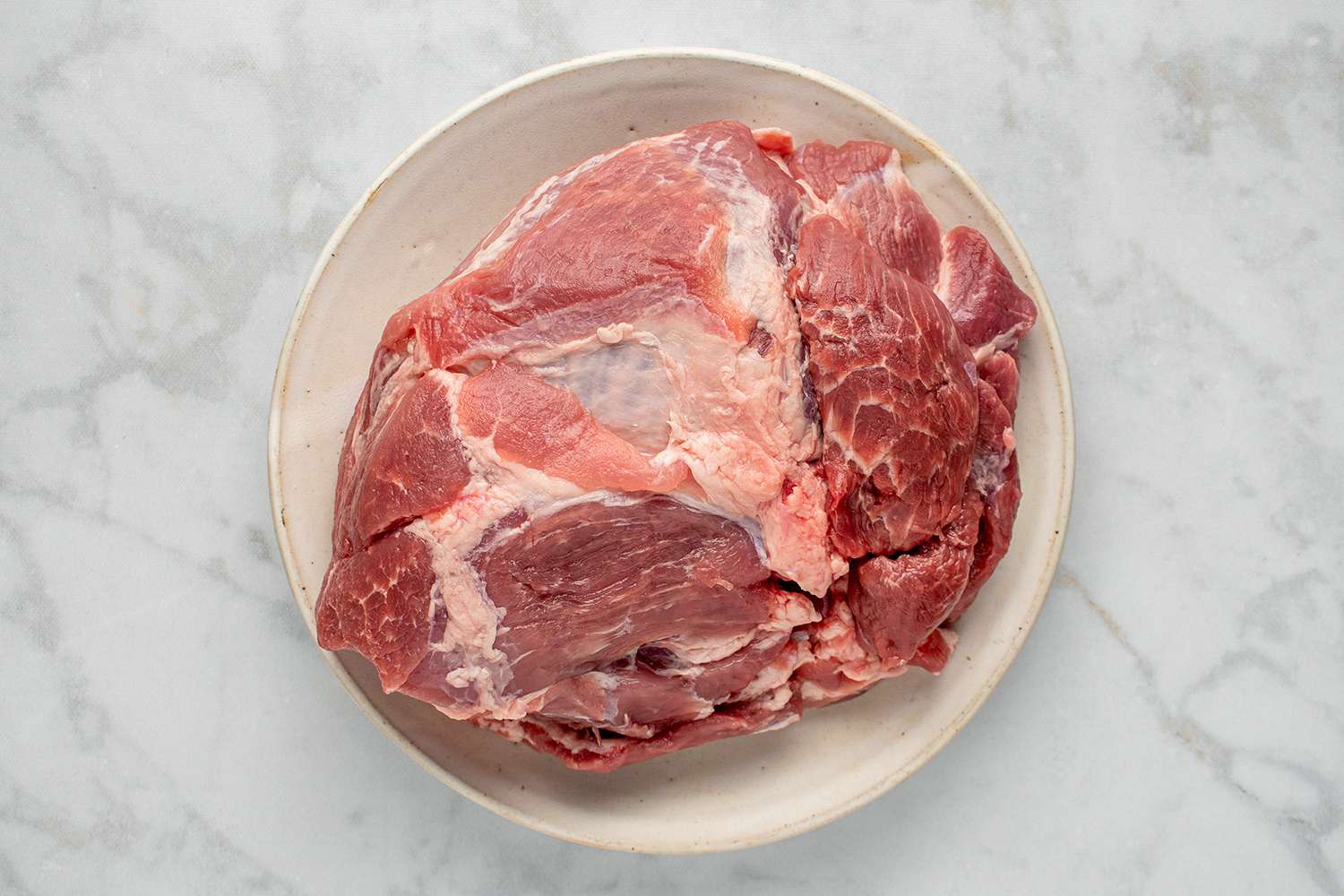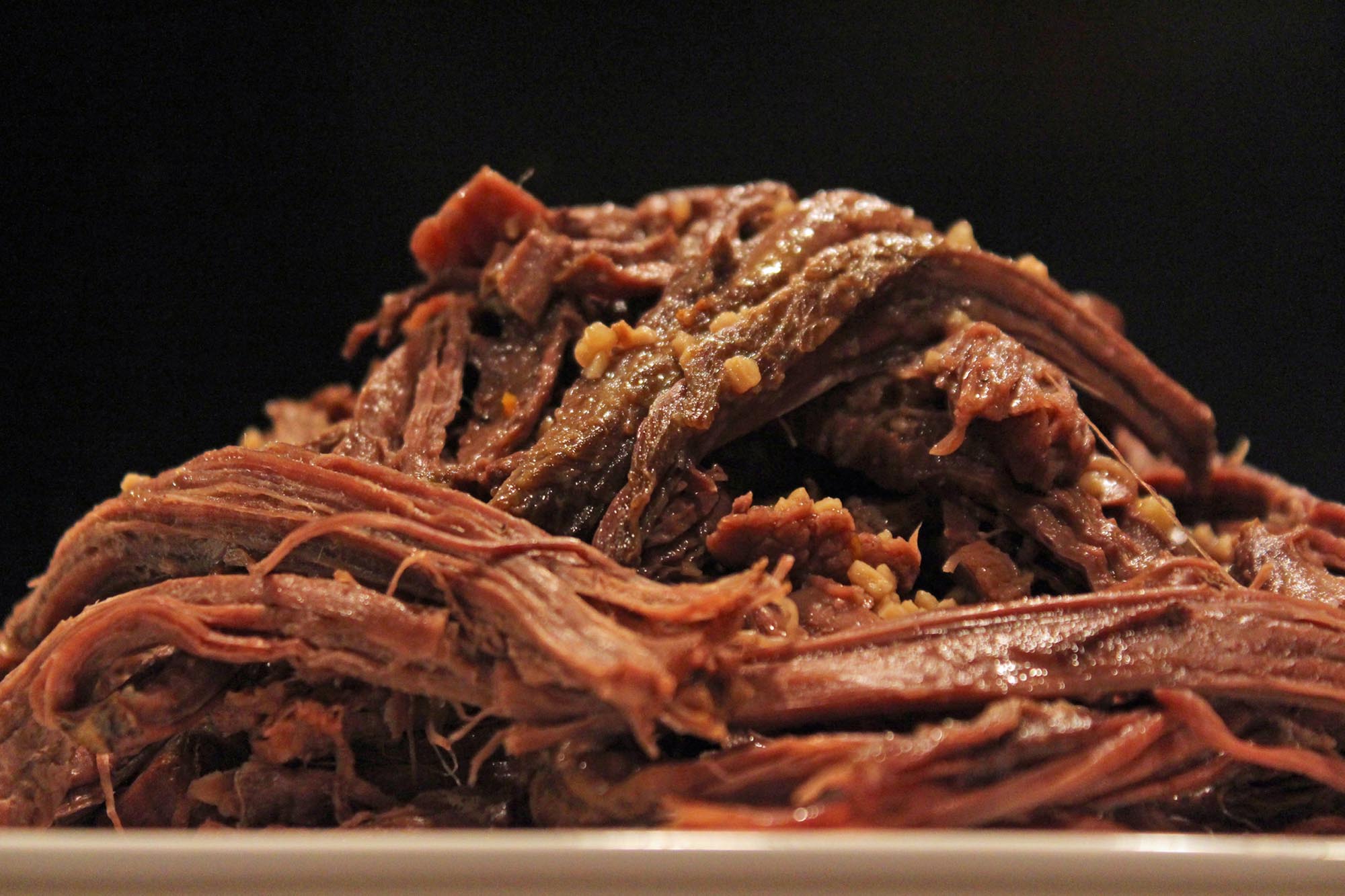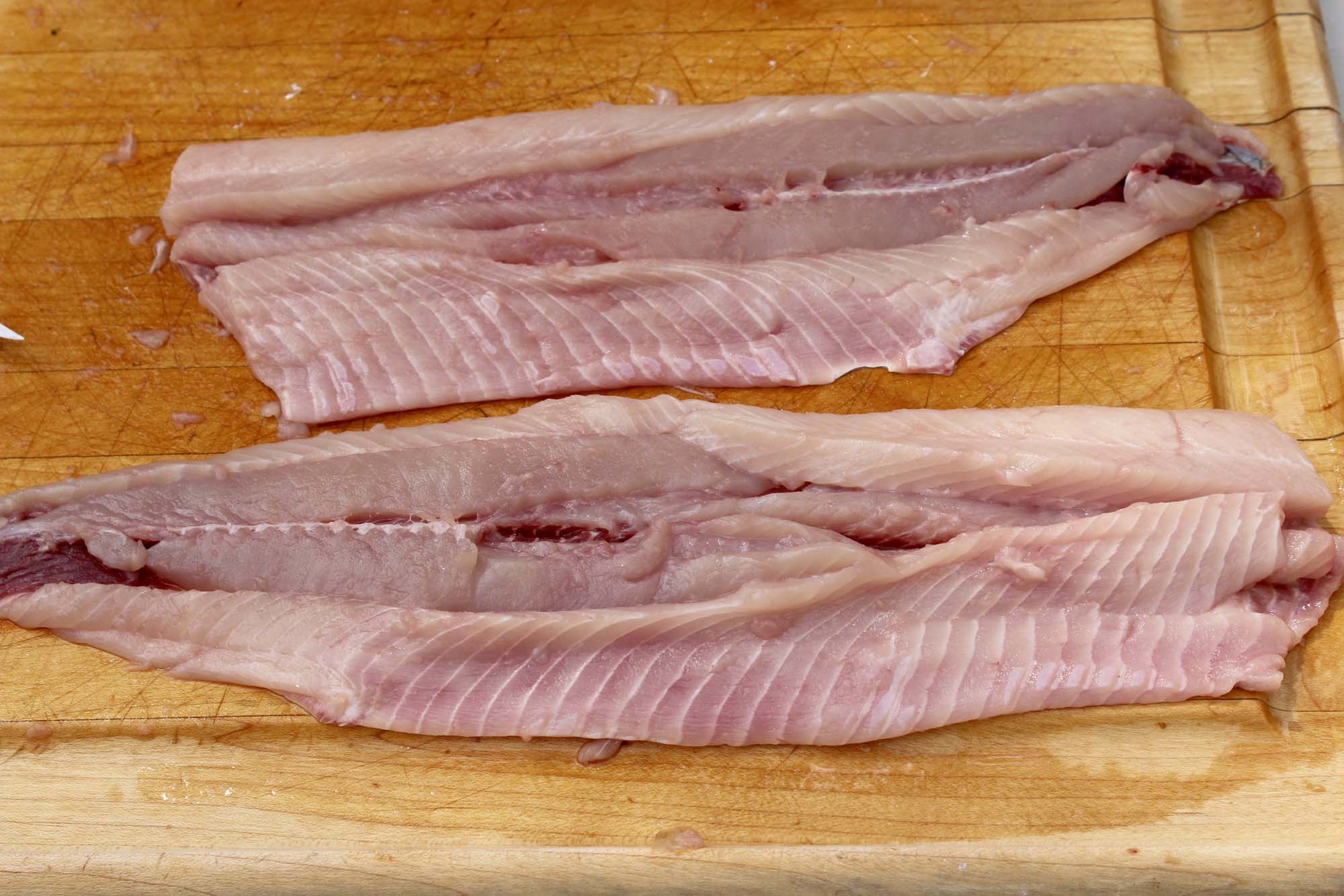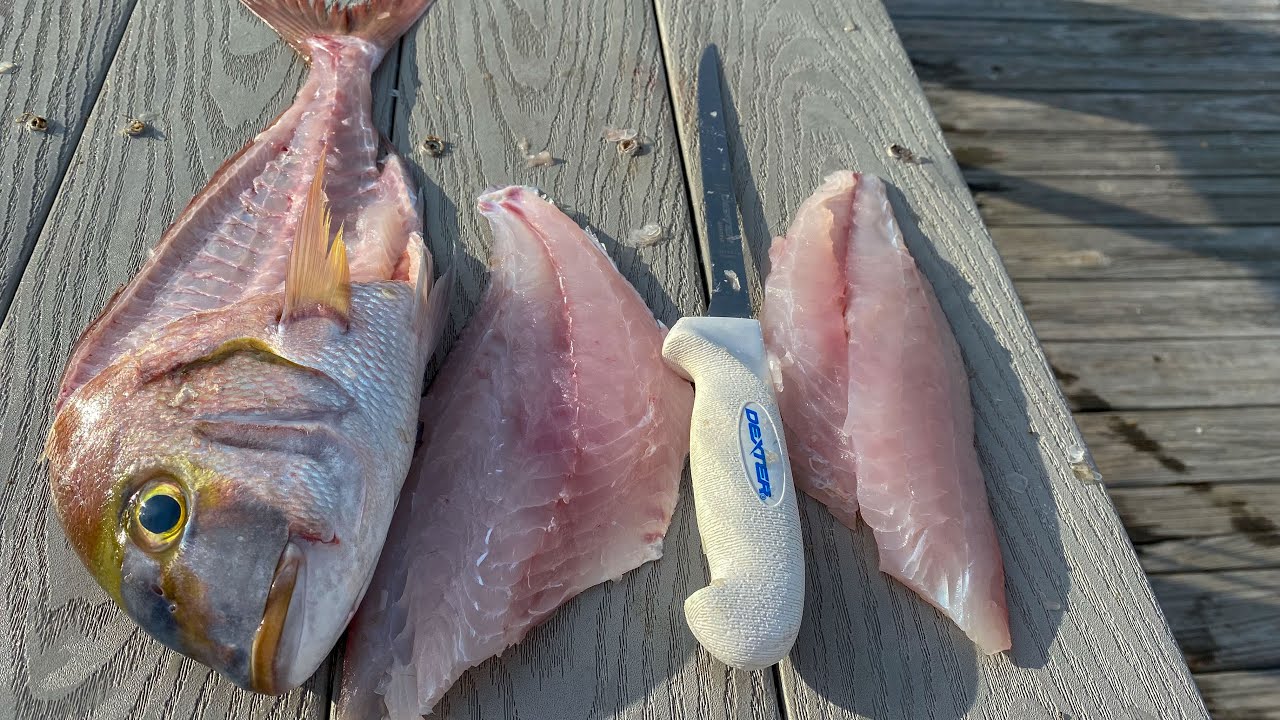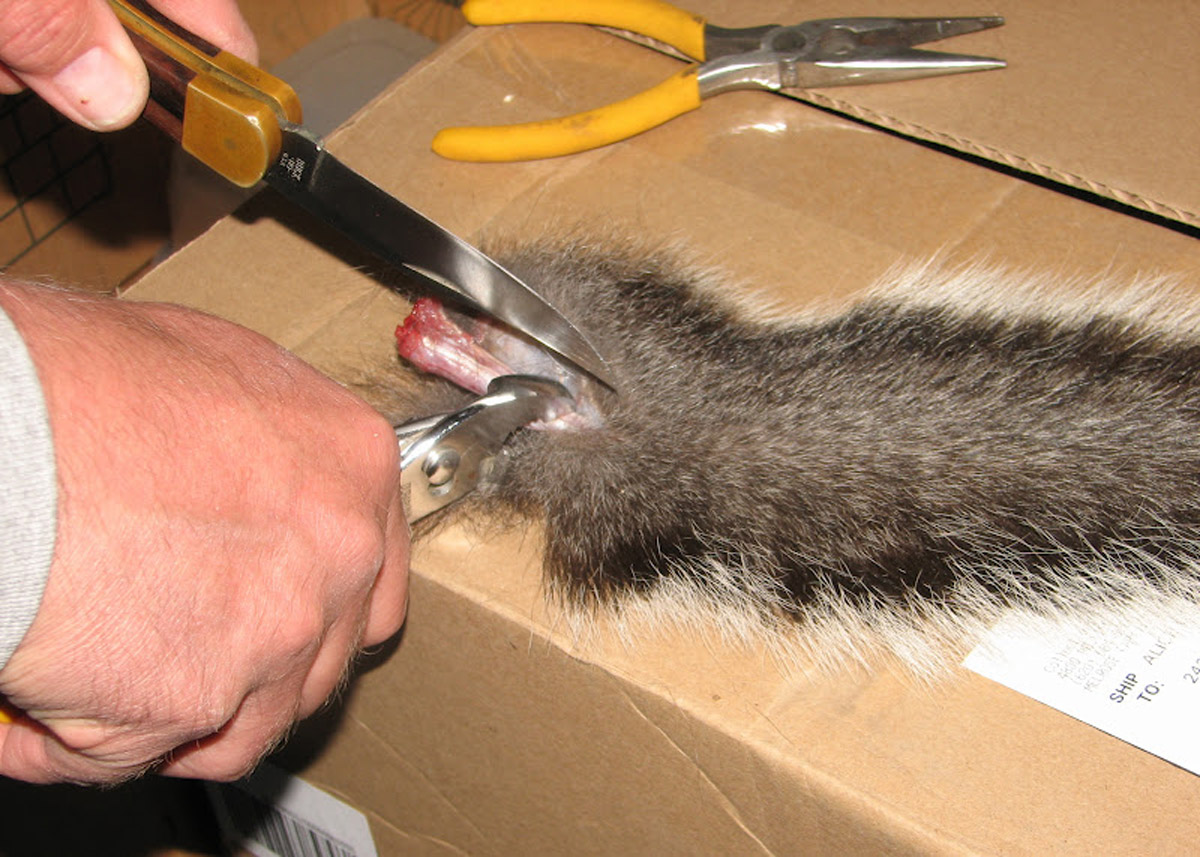Mastering the Art of Deboning a Spatchcock
Deboning a spatchcock is a useful skill to have in your culinary repertoire. Whether you’re preparing a whole chicken for roasting or grilling, knowing how to debone a spatchcock can save you time and effort in the kitchen. In this guide, we’ll walk you through the process of deboning a spatchcock step by step.
What You’ll Need
Before you begin, gather the following tools:
- Whole spatchcock chicken
- Sharp boning knife
- Cutting board
- Kitchen shears
Step 1: Prepare the Chicken
Place the spatchcock chicken breast-side down on a clean cutting board. Use the kitchen shears to remove the backbone of the chicken by cutting along both sides of the spine. Once the backbone is removed, flip the chicken over and press down firmly to flatten it. This will help the chicken cook evenly and more quickly.
Step 2: Remove the Breastbone
Locate the breastbone in the center of the chicken. Use the boning knife to carefully cut along both sides of the breastbone to separate it from the meat. Be sure to use smooth, deliberate strokes to avoid tearing the flesh.
Step 3: Debone the Thighs and Drumsticks
Next, work on deboning the thighs and drumsticks. Use the boning knife to carefully separate the meat from the bones, keeping the knife as close to the bone as possible to preserve as much meat as you can. Take your time and work slowly to avoid cutting yourself or damaging the meat.
Step 4: Trim Excess Fat and Skin
Once the bones have been removed, take a moment to trim any excess fat and skin from the chicken. This will help the chicken cook more evenly and reduce the amount of unwanted fat in the finished dish.
Step 5: Ready for Cooking
With the spatchcock chicken deboned, it’s now ready for your preferred cooking method. Whether you plan to roast, grill, or pan-sear the chicken, having a deboned spatchcock at the ready will make the process much simpler and more efficient.
Mastering the art of deboning a spatchcock takes practice, so don’t be discouraged if your first attempt isn’t perfect. With time and patience, you’ll become more confident in your spatchcock deboning skills, and you’ll be able to prepare delicious, boneless chicken dishes with ease.
Remember, the key to success is patience and practice. So, roll up your sleeves, grab your tools, and give deboning a spatchcock a try. You’ll be glad you did!
Was this page helpful?
Read Next: How To Debone Bluegill
